
Andres Bendesky
@bendesky
Neuroscience – behavior – genetics – evolution
@ZuckermanBrain and @E3BColumbia
@bendesky.bsky.social
ID: 910466912
http://bendeskylab.com 28-10-2012 14:54:22
1,1K Tweet
1,1K Followers
462 Following
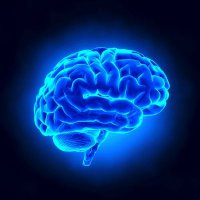
A newfound cell helps explain why a mouse species is monogamous while its relatives are promiscuous. The findings in nature from our own Andres Bendesky and colleagues may reveal treatments for nurturing-associated conditions such as postpartum depression. zuckermaninstitute.columbia.edu/some-mice-may-…
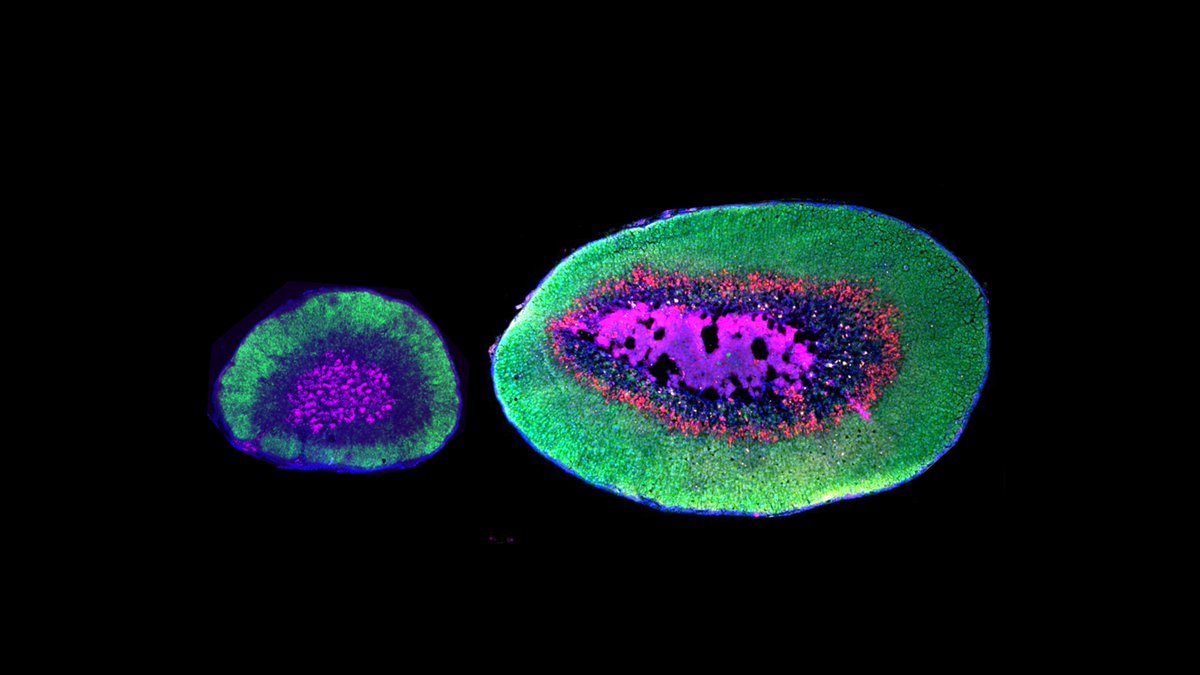

See a really nice News and Views about our paper by Jessica Tollkuhn nature.com/articles/d4158…
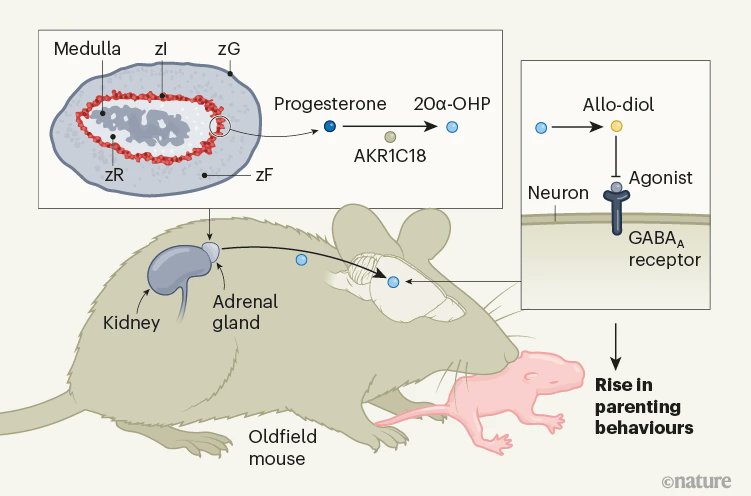


What makes the experience of color possible? In a new Nature Neuroscience paper, a team led by Rudy Behnia identifies in fruit flies the kind of brain-cell circuitry that transforms wavelengths of light into perceptions like color. zuckermaninstitute.columbia.edu/how-does-brain…
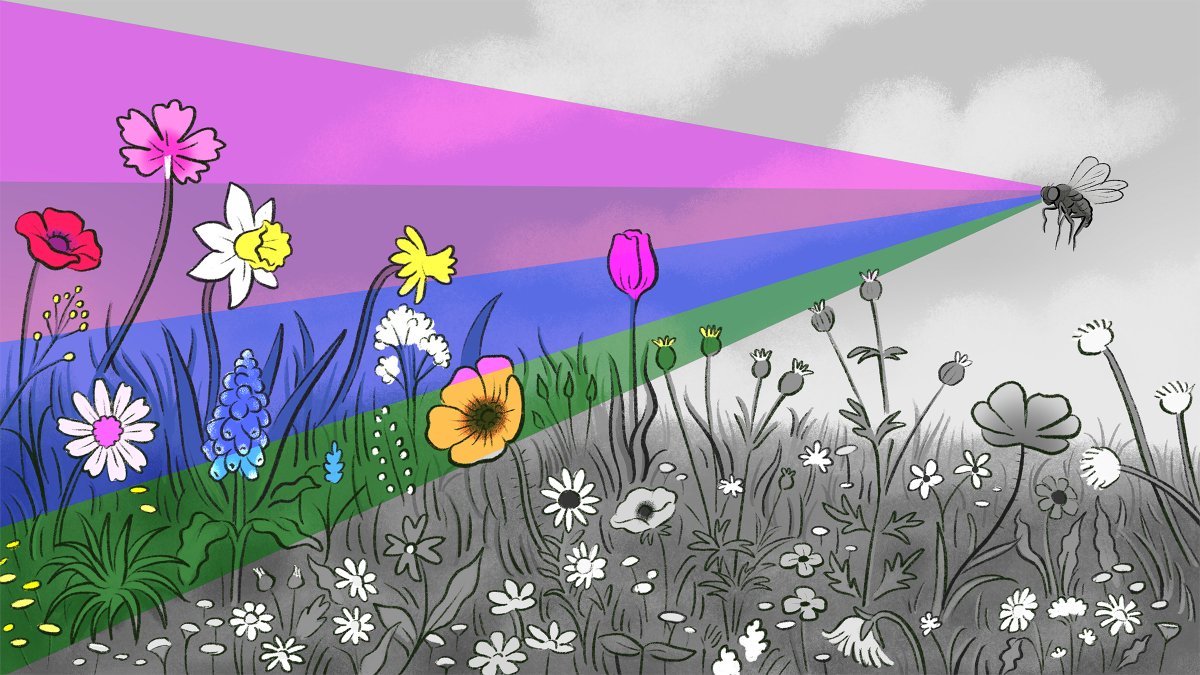


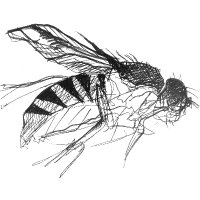
Our latest paper is now out at Nature Neuroscience! 🌈We discovered hue-selective neurons in the fruit fly brain. We combined genetic methods with modeling to reveal that recurrent connections play a critical role. rdcu.be/dH6N7








